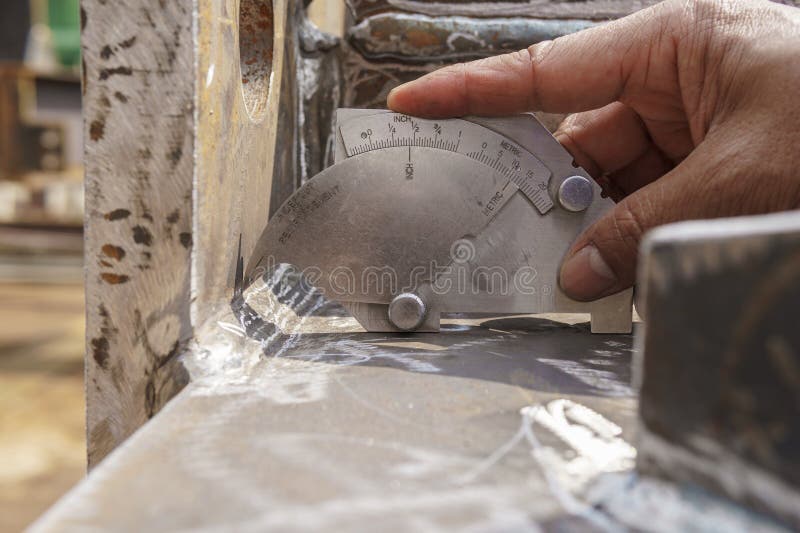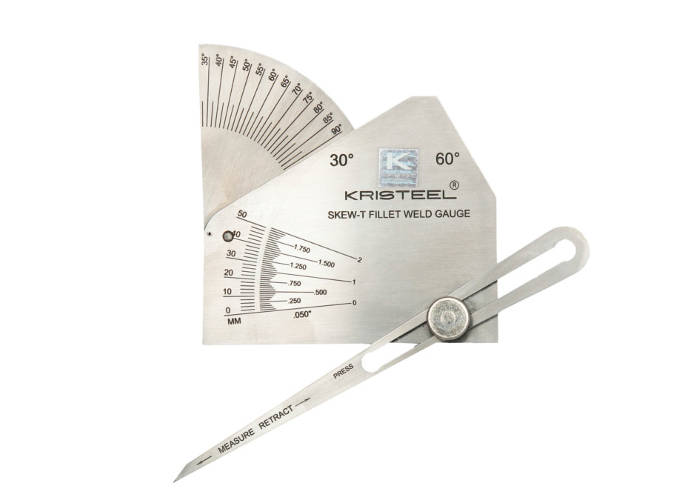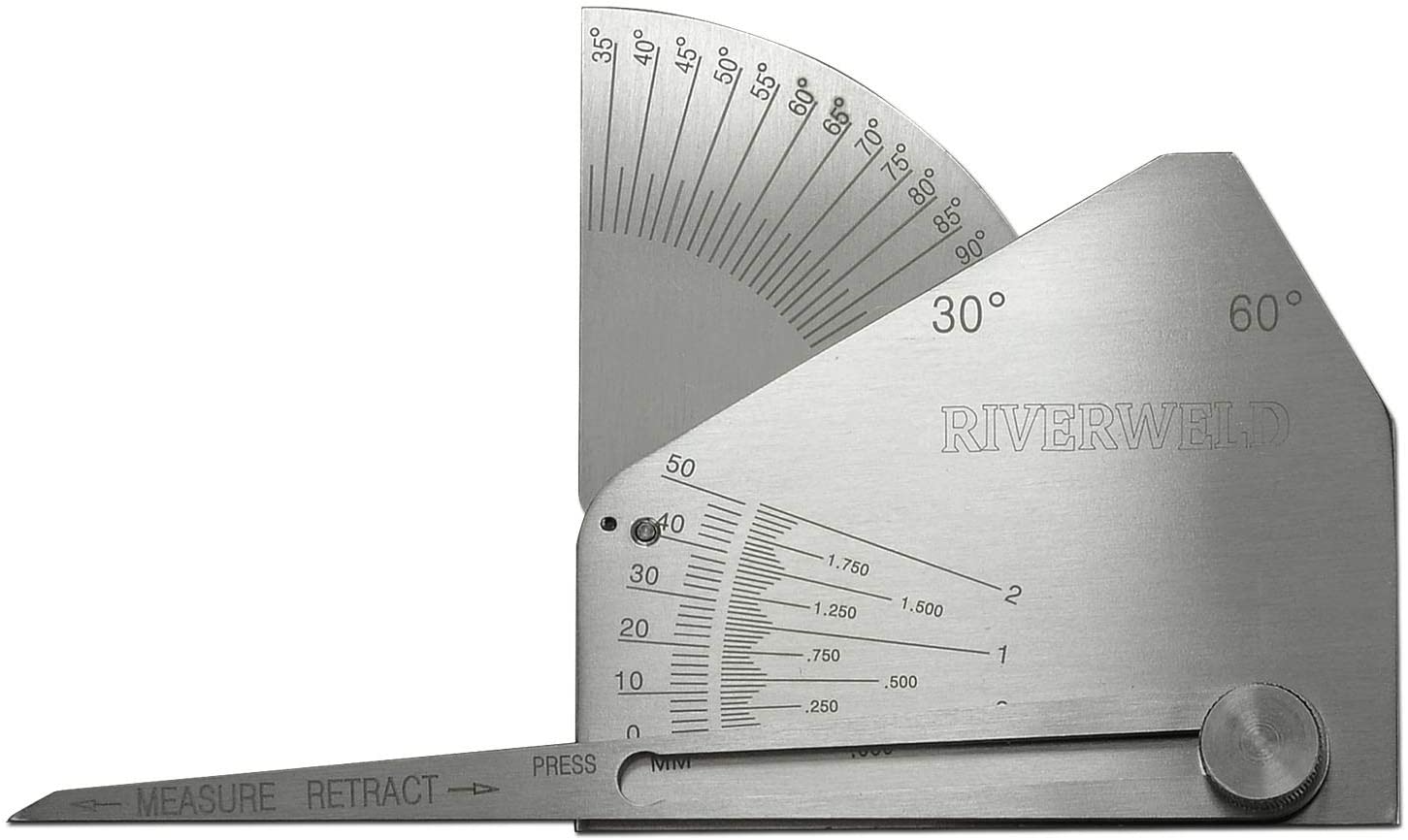Gauge Fillet Weld Explained: From Fundamentals to Advanced Techniques
Gauge Fillet Weld Explained: From Fundamentals to Advanced Techniques
Blog Article
Discovering the Advantages of Fillet Welding in Construction: Cost-effective Solutions for Diverse Industries
In the world of construction, the use of fillet welding presents an engaging proposition for markets looking for affordable remedies without compromising architectural honesty. The advantages of fillet welding prolong past simple economic cost savings to encompass improved architectural efficiency, adaptability throughout diverse industrial applications, and the guarantee of premium strength and toughness. As we browse through the useful advantages that fillet welding deals, a much deeper understanding arises of how this welding technique can transform construction procedures throughout numerous sectors.

Cost-efficient Solution for Fabrication
Fillet welding works as an economical service in fabrication procedures, supplying both performance and sturdiness. This welding technique entails signing up with two items of steel at an angle, developing a triangular cross-section. The simpleness of fillet welding makes it a popular selection in different industries, consisting of construction, vehicle, and production.
One of the vital benefits of fillet welding is its capability to decrease material and labor expenses. By utilizing fillet welds as opposed to other intricate joint styles, suppliers can save cash on materials and manufacturing time. Additionally, fillet welding needs marginal preparation contrasted to other welding methods, better lowering manufacture costs.
Additionally, fillet welds offer outstanding architectural strength, making sure the long life and sturdiness of the made components. The triangular shape of the weld distributes tension extra evenly, minimizing the chance of joint failure (Gauge Fillet Weld). This structural stability not just boosts the overall quality of the completed item yet also minimizes repair and maintenance costs in the future
Enhanced Architectural Performance With Fillet Welding
Enhancing structural effectiveness with the application of fillet welding methods is a critical aspect of guaranteeing optimal performance and sturdiness in produced frameworks. Fillet welding plays a vital duty in boosting architectural performance by effectively dispersing loads and anxieties throughout the bonded joints. By producing a smooth shift between the connected components, fillet welds aid to boost the total toughness and security of the structure.
One of the significant benefits of fillet welding in boosting structural effectiveness is its ability to sign up with products of varying thicknesses. This flexibility permits for the building and construction of lightweight structures without endangering on stamina. Furthermore, the smooth profile of fillet welds reduces tension concentrations, which can aid stop premature failing of the bonded joints.
Additionally, fillet welding enables the manufacture of complicated geometries with convenience, supplying designers with even more freedom in developing ingenious and reliable frameworks. By optimizing the style and placement of fillet welds, engineers can take full advantage of the structural performance of fabricated elements, ultimately bring about cost financial savings and improved efficiency in diverse markets.
Convenience in Diverse Market Applications
With its capacity to cater to a wide variety of material densities and geometric intricacies, fillet welding stands as a functional manufacture strategy that locates applications across diverse markets. One key location where fillet welding succeeds is in the production sector, where it is utilized in the manufacturing of heavy equipment, tools, and architectural components. The automobile sector additionally takes advantage of fillet welding, utilizing it in the assembly of automobile structures, framework, and other vital frameworks. In the building and construction field, fillet welding plays an important function in joining steel beam of lights, columns, and various other architectural components. Furthermore, the aerospace market depends on fillet welding for the manufacture of airplane elements, guaranteeing stamina and toughness in crucial parts. Furthermore, the oil and gas industry utilizes fillet welding in the construction of pipelines, systems, and tank, where the durable welds supply stability and durability to these structures. Generally, the flexibility of fillet welding makes it an important process in various sectors, supplying economical options for complex fabrication demands.

Superior Strength and Durability
Fillet welding plays an essential role in achieving these characteristics due to its capability to offer considerable stamina by distributing loads evenly across the bonded joint. As an outcome, frameworks produced utilizing fillet welds display enhanced basics resilience and can endure considerable mechanical forces without compromising their honesty.
The premium toughness and toughness used by fillet welding make it a suitable option for applications in markets such as construction, automotive, aerospace, and production, where structural honesty is extremely important. By utilizing fillet welds in construction, manufacturers and designers can make sure that their items satisfy stringent top quality and security standards while maximizing cost-effectiveness and production performance. In significance, the outstanding resilience and long life supplied by fillet welding make it a preferred welding technique for producing durable and robust structures throughout varied markets.
Practical Benefits of Fillet Welding
Provided the demonstrated exceptional toughness and longevity in welded joints, the practical advantages you could look here of fillet welding prolong beyond structural integrity to encompass efficiency and cost-effectiveness in fabrication processes. Additionally, fillet welding enables for raised index efficiency due to its convenience in signing up with different kinds of materials, shapes, and thicknesses. Generally, the functional benefits of fillet welding make it a beneficial option for companies seeking affordable and efficient remedies in construction.
Final Thought
Finally, fillet welding uses a cost-efficient remedy for construction, giving boosted structural performance, versatility in diverse industry applications, premium toughness, and sturdiness. The practical benefits of fillet welding make it a preferred selection for numerous construction projects across various fields. Its capacity to effectively sign up with products while preserving architectural honesty makes it an important method for ensuring high-grade and trustworthy outcomes in welding applications.

Additionally, fillet welding calls for minimal prep work contrasted to various other welding strategies, additionally decreasing construction expenses.

Provided the shown remarkable strength and resilience in bonded joints, the sensible benefits of fillet welding expand beyond architectural honesty to incorporate effectiveness and cost-effectiveness in manufacture processes - Gauge Fillet Weld.In conclusion, fillet welding supplies a cost-effective option for construction, offering improved architectural efficiency, flexibility in diverse market applications, remarkable stamina, and resilience
Report this page